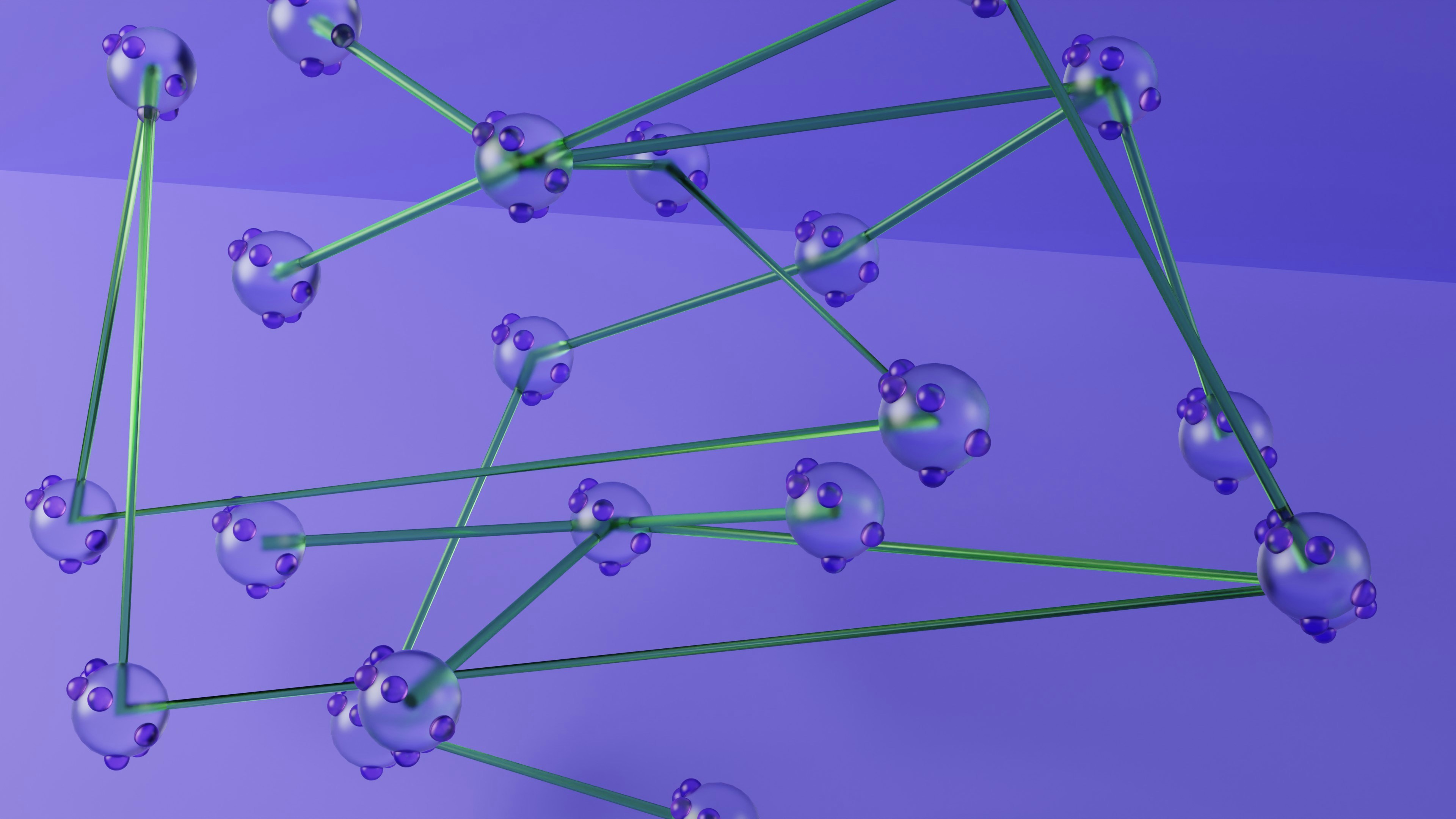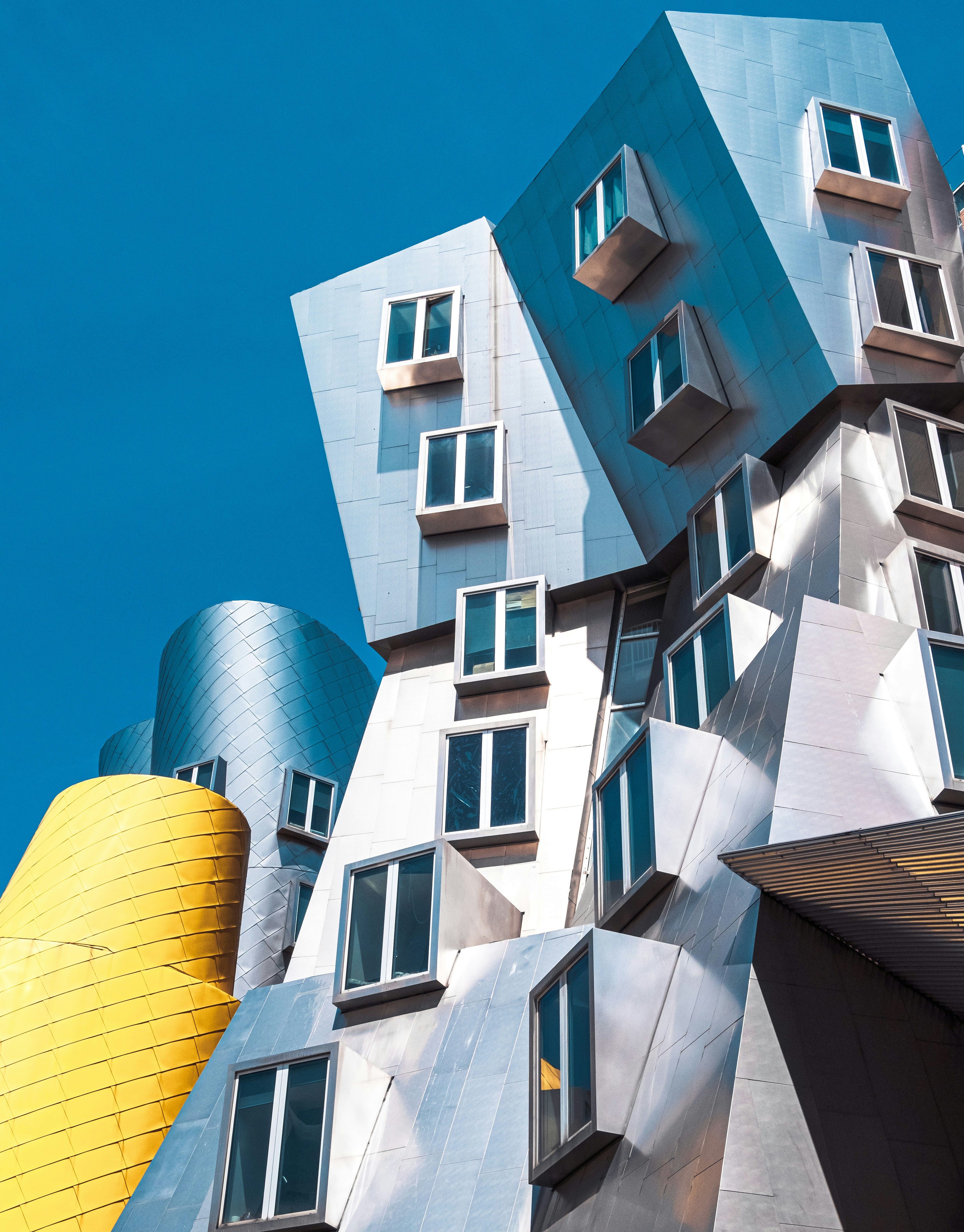What is DeAI?
The technological landscape of 2024 is witnessing a revolutionary convergence: the fusion of Artificial Intelligence (AI) and blockchain technology. At the forefront of this revolution stands BitTensor (TAO), alongside innovative platforms like Rowan Energy, and VAIOT, each demonstrating how decentralized AI is reshaping industries from finance to legal services.
This transformation isn't just another technological trend – it represents a fundamental shift in how we approach artificial intelligence, data processing, and industry-specific solutions. As we dive into this new industry, we'll explore how these technologies are creating a more democratic, efficient, and innovative future.
Understanding Decentralized AI Infrastructure
The BitTensor Revolution
BitTensor has emerged as a pioneering force in decentralized AI infrastructure, creating the first decentralized machine learning network where participants earn TAO tokens for contributing to the network's intelligence. This groundbreaking approach includes:
Network Architecture
Subnet Specialization: Dedicated networks for specific AI tasks
Validator Framework: Quality assessment through distributed consensus
Token Economics: TAO-based incentivization system
Operational Mechanics
Neural Market Dynamics
Supply-demand equilibrium for computational resources
Quality-driven reward distribution
Competitive model improvement incentives
Decentralized Learning
Collaborative training protocols
Distributed model updates
Resource optimization algorithms
Industry Applications and Case Studies
2.1 Financial Innovation: Realio Network and RWA
Realio Network demonstrates how decentralized AI transforms real-world asset tokenization:
Implementation Details
AI-driven asset valuation
Automated compliance systems
Smart contract-based tokenization
Real-time market analytics
Impact Metrics
Enhanced liquidity for real-world assets
Reduced transaction costs
Improved market access
Automated compliance checking
2.2. Energy Sector Revolution: Rowan Energy
Rowan Energy showcases decentralized AI's potential in renewable energy:
Key Features
Blockchain-integrated smart meters
AI-powered energy trading
Automated certification systems
Carbon offset tracking
Achievements
30% improvement in distribution efficiency
Real-time carbon credit verification
Enhanced grid stability
Reduced energy waste
2.3. Agricultural Transformation: DMTR
DMTR's implementation demonstrates AI's impact on agriculture:
Core Capabilities
Predictive crop yield analysis
Supply chain optimization
Smart contract payments
Weather pattern analysis
Key Results
25% reduction in supply chain inefficiencies
Improved payment transparency
Enhanced disease prediction
Optimized resource allocation
2.4. Legal Services Innovation: VAIOT
VAIOT represents the cutting edge of AI in legal services:
Features
AI-powered document creation
Automated contract validation
Intelligent legal assistance
Blockchain verification
Benefits
24/7 legal service availability
Multilingual processing
Automated compliance
Secure document management
Technical Architecture and Integration
Core Components
Blockchain Infrastructure
Distributed ledger systems
Smart contract frameworks
Consensus mechanisms
Token economics
AI Integration
Machine learning models
Neural networks
Natural language processing
Computer vision systems
Security Framework
Cryptographic protocols
Privacy preservation
Access control
Data integrity
Benefits and Challenges
Advantages
Network Effects
Increased computational capacity
Improved model accuracy
Democratic participation
Economic incentives
Industry-Specific Benefits
Finance: Enhanced asset liquidity
Energy: Improved grid efficiency
Agriculture: Better resource allocation
Legal: Automated compliance
Current Challenges
Technical Considerations
Scalability requirements
Network latency
Integration complexity
Resource optimization
Market Challenges
Adoption barriers
Regulatory compliance
Market education
Infrastructure costs
Future Outlook
Emerging Trends
Technical Evolution
Advanced subnet development
Enhanced validation mechanisms
Cross-network collaboration
Improved scalability solutions
Industry Applications
Expanded use cases
New market opportunities
Regulatory adaptation
Infrastructure growth
Development Roadmap
Short-term Goals
Network expansion
Protocol improvements
Use case development
Market adoption
Long-term Vision
Global AI democratization
Industry standardization
Cross-chain integration
Universal accessibility
Conclusion
The convergence of decentralized AI and blockchain technology, exemplified by platforms like BitTensor, Realio Network, Rowan Energy, DMTR, and VAIOT, represents more than technological advancement – it's a paradigm shift in how we approach artificial intelligence and industry-specific solutions.
As these networks continue to evolve and expand, they're creating unprecedented opportunities for developers, businesses, and users alike. The future of decentralized AI isn't just about technological capability – it's about creating a more accessible, efficient, and equitable digital future.
Organizations looking to maintain competitive advantage must understand and implement these technologies effectively. The question isn't whether to adopt decentralized AI, but how to leverage it for maximum impact in their specific industry context.




